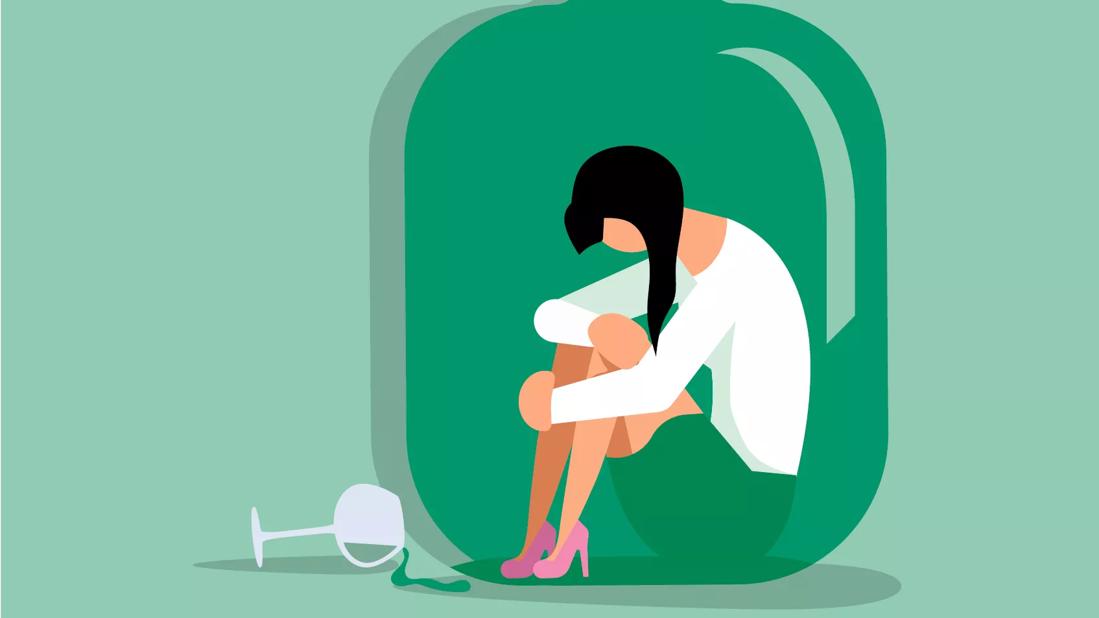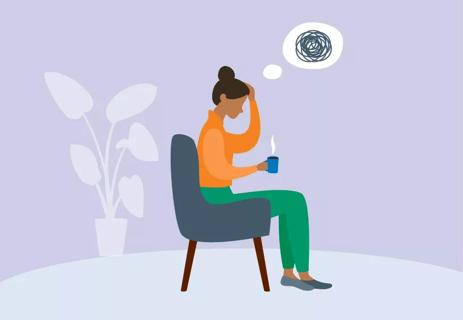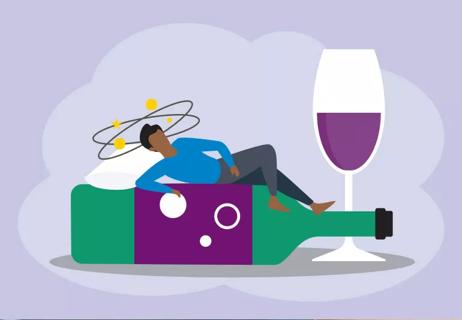Take note of the signs of binge drinking and how to set limits for yourself

Heavy alcohol use among Americans has been on the rise over the last decade. And we’re not just talking about having an extra glass of wine at dinner. One dangerous aspect of the trend: Binge drinking. A 2015 study shows that more than 37 million Americans reported binge drinking in a year’s time.
Advertisement
Cleveland Clinic is a non-profit academic medical center. Advertising on our site helps support our mission. We do not endorse non-Cleveland Clinic products or services. Policy
In the study, researchers from the U.S. Centers for Disease Control and Prevention (CDC) looked at survey results of more than 400,000 Americans. They found that 17% of U.S. adults were binge drinking, and doing so an average of 53 times per year — that’s more than once a week.
This trend still proves to be an issue. And a more recent 2021 study showed that binge drinkers are more likely to also abuse other substances, such as the misuse of prescription drugs.
The dangers of binge drinking can leave a lasting impact in many ways. But at the end of the day, how do you know if you, or a loved one, are engaging in binge drinking? And how do you address it head on?
Addiction specialist David Streem, MD, explains the signs to look for.
Binge drinking is beyond the casual beer after work. But the definition of what constitutes a binge-drinking episode may surprise you.
The CDC defines a binge-drinking episode as at least four drinks for women or five drinks for men within a two-hour period. This is enough to raise your blood alcohol level to .08, which would result in impaired driving.
The 2015 study results showed Americans were consuming about seven drinks during each episode of binge drinking.
Advertisement
“When you consider that the minimum definition of binge drinking is four or five drinks per two-hour session, this is significantly higher,” says Dr. Streem. “This is a frequency that is remarkable.”
There could be other factors that tie in with binge drinking, as well. According to the CDC, binge drinking is more common among:
In order to know how much alcohol you’re consuming, it’s good to understand how much goes into a drink you’re pouring for yourself. As there are many different kinds of malts, liquors and wines, it’s important to pay attention to the labels and serving sizes.
The National Institute of Alcohol Abuse and Alcoholism defines a standard drink as:
Binge drinking isn’t necessarily an indicator that you or a loved one has alcohol use disorder (also known as alcoholism), which is a dependency on alcohol consumption.
Unlike binge drinking, the problem of alcohol use disorder isn’t measured by a particular number of drinks. Instead, the CDC defines it as a chronic condition, which means it’s a type of illness that’s persisting over a long period of time. So, although there are similarities, alcohol use disorder should be approached with a specific treatment plan that includes rehabilitation, care from addiction specialists and self-help programs like Alcoholics Anonymous.
But both alcoholism and binge drinking can have similar health consequences.
The main indicator of a binge-drinking episode is having four to five drinks (or more) within two hours. It isn’t linked to a dependency on alcohol, and the CDC frames it as a preventable problem.
If you’re worried that you or a loved one may have a problem with binge drinking, other signs include:
Binge drinking can also cause immediate harm as well. What many people might think of as a fun night out on the town can be very risky — or in some cases, life-threatening, Dr. Streem notes. More than half of all drinking-related deaths are caused by binge drinking.
There are multiple health risks associated with binge drinking. While the dangers of getting behind the wheel while intoxicated might seem obvious, Dr. Streem says it’s possible to get injured or even killed after binge drinking because of falls and other incidents that occur because of poor judgment.
Advertisement
“The main factors that cause problems is in our judgment, our attention, and our reaction time,” he says.
As far as long-term effects, binge drinking can also lead to internal damage, especially if you’re regularly engaging in binge drinking episodes. Large amounts of alcohol consumed over a long period of time can negatively impact the parts of your brain that deal with judgment, balance and coordination.
Other long-term health effects that can result from binge drinking include:
As binge drinking involves consuming significantly higher amounts of alcohol, the health impact can be more severe. Another common and more immediate effect of binge drinking is alcohol poisoning. This is when your blood alcohol levels are so high that your body isn’t able to remove the toxins quickly enough. Essentially, you overdose on alcohol.
Symptoms of alcohol poisoning include:
“Because the blood level of the alcohol becomes much higher with binge drinking, you’re much more exposed to the acute toxicity of alcohol,” Dr. Streem explains.
Advertisement
According to Dr. Streem, the bottom line is that Americans need to drink less alcohol.
“Generally speaking, Americans drink too much,” he says. “We would be well-served as a nation, both in terms of our health and safety, and our quality of life, if we drank less.”
The good news is that binge drinking can be prevented by adjusting your habits and being more intentional when you pour yourself a drink.
Here are some steps you can take:
Complete results of the 2015 study can be found in the American Journal of Preventive Medicine.
Advertisement
Learn more about our editorial process.
Advertisement

Heavy drinking can cause both short- and long-term effects, including erectile dysfunction, ejaculation issues and low libido

Misleading claims, lack of scientific evidence and the risk of over-doing it are all concerns

Time and rehydration are the best bet — and no, the ‘hair of the dog’ method isn’t a good idea

Hydrating and bland foods can help you survive the morning after

Drinking coffee won’t make the pain go away, but it could make it worse

User testimonials aren’t exactly backed by scientific research

Alcohol is a depressant and can interfere with your sleep, mood and more

Your tolerance decreases with age, thanks to body changes, health conditions and medications you may take

Babies can get congested easily, but you can calm their cough by keeping them hydrated, using nasal drops and running a humidifier

Weight loss may cause loose, sagging skin and muscle loss to your rear

Several conditions, like vitiligo and fungal infection, can cause a loss of pigmentation, leading to white spots or patches on your skin